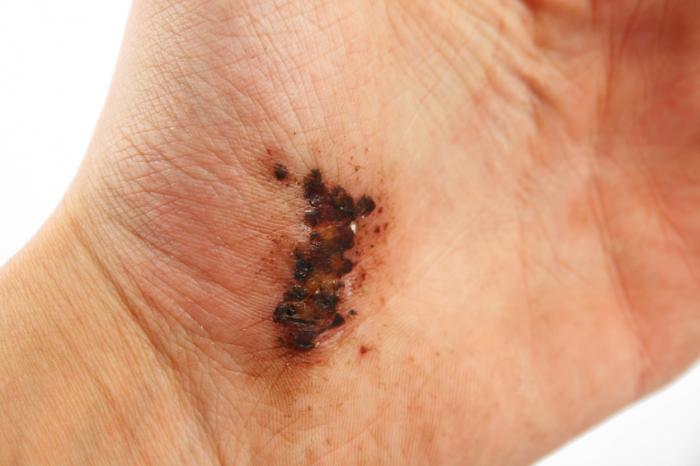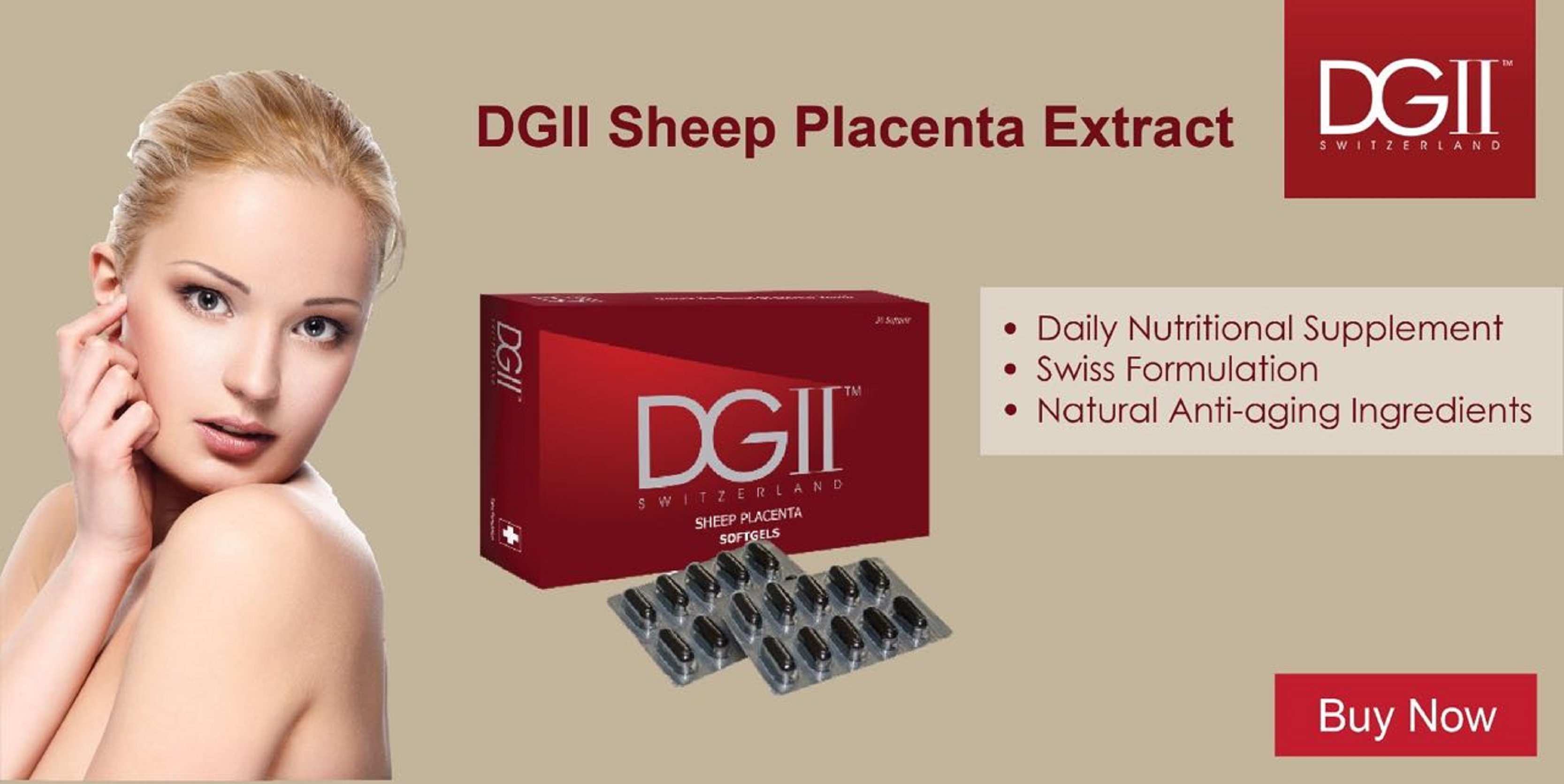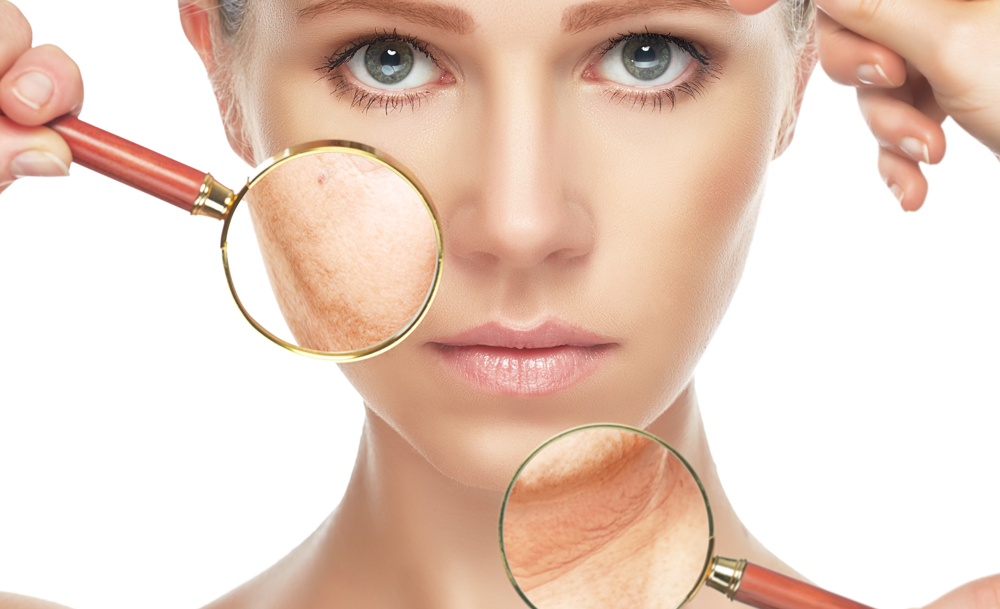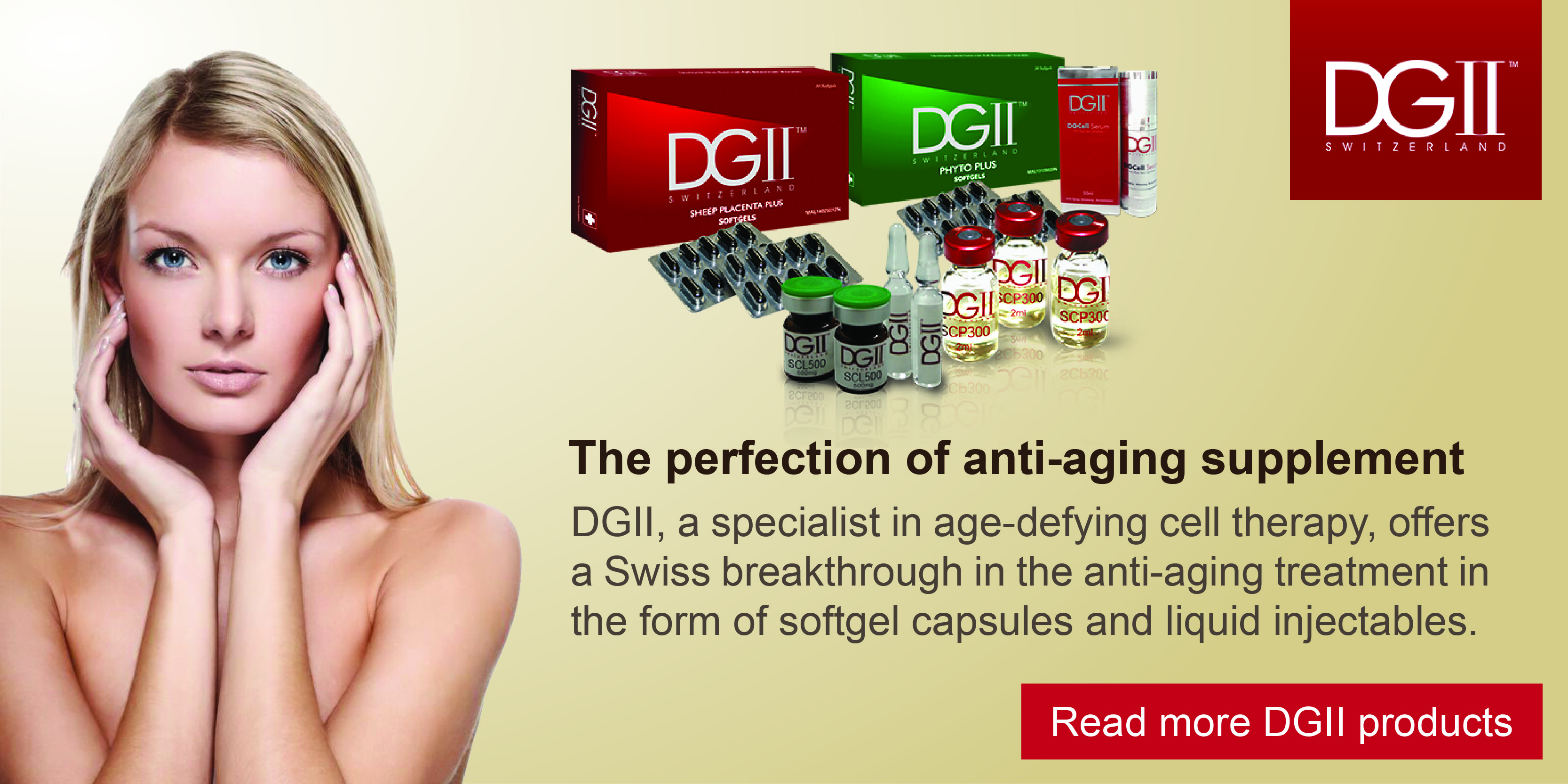
Here’s why you should know these skin repairing methods
Take a look in the mirror. If you’re lucky, you may see mostly even-toned, soft, smooth, and taut skin. If you’re like most of us, however, you’ll probably see some uneven pigmentation, a few age spots, redness, acne scars, fine lines and wrinkles, and sagginess.
All of these so-called “flaws” are evidence of damaged skin. Just like a brand new car gradually loses that shiny sheen and becomes etched, dulled, rusted, scratched, and marked, our skin gets worn by exposure to the sun and environmental elements, and because of the changes that occur inside us as we age.
Question: Can we repair any of this damage?
Answer: With the right ingredients and care, yes!

What Happens to Create Damaged Skin?
When we’re young, our skin is much better able to heal itself. Remember how when you were ten years old, a scrape or scratch would nearly disappear by the next day? As we get older, however, the time it takes skin to heal gradually stretches out, which means that damage can show on our skin for months at a time. Meanwhile, skin continues to face damaging elements, so it’s in a constant cycle of trying to heal itself—and may be less able to keep up with the demands.
As we go about our daily lives, there are several things that can damage the skin. These include:
- Sun exposure—this is by far the number-one damaging element
- Harsh weather elements (wind, rain, cold, heat)
- Environmental pollution
- Dehydration
- Cigarette smoke
- Exposure to harsh and drying chemicals in personal care products
- Poor diet
- Lack of exercise
- Excessive use of alcohol and drugs
- Stress
- Chlorine in swimming pools
- Bacteria, infections and medical trauma
All of these factors and more can lead to a breakdown in skin cells, which weakens the outer, protective layer, called the “epidermis.” Once this layer is weakened, cracked, and damaged, the skin becomes even more vulnerable to attack from bacteria, UV rays, pollution, and more. It also becomes less efficient at holding onto hydration and nutrients.
The immune system comes into play here, as well. Just like your body needs nutrients, sleep, and stress relief to maintain a strong immune system, your skin requires the same tools to keep up with repair and protect itself from other damaging elements. The more damaged it is, however, the less able the immune system is able to keep up. In fact, the skin’s ability to self-repair can decline by more than 50 percent by middle age.
This difficult cycle means that skin damage shows up in your mirror. You’re likely to see these signs:
- Dryness, flakiness, dullness
- Fine lines and wrinkles
- Hyperpigmentation, acne scars, sun spots
- Moles and freckles
- Sagging, bagging, loss of elasticity and firmness
- Redness, swelling and inflammation
- Rashes and allergic reactions
- Visible blood vessels
Internal Ways to Encourage Skin Repair
Fortunately, there are ways to help repair and even reverse skin damage. The key is to take steps both internally and externally to support the skin’s own reparative systems. A few things you can do in your diet and lifestyle include:
- Eat vitamin-C-rich foods like citrus fruits, mustard greens, spinach, and peppers. Vitamin C is essential for the production of collagen, which shores up skin structure and increases firmness.
- Eat more protein: Protein is key for rebuilding cells. Try fish, lean meats, eggs, tofu, beans, and nuts.
- Turn up the zinc: Zinc aids the body in synthetizing protein, helps generate collagen for skin-tissue repair, and supports the immune system. Try fish, soybeans, whole-grain pastas, mushrooms, and egg yolks.
- Cut out the junk: Junk food isn’t good for your body, which means it isn’t good for your skin. Too much sugar, salt, and trans fats all contribute to dryness and cell break down, resulting in premature aging and skin damage. Healthy foods show up on your skin!
- Dandelion tea: This helps detox your system, and fewer toxins means fewer outbreaks of acne and other unattractive skin issues.
- Drink plenty of water: Your skin needs it to stay hydrated from the inside out.
- Reduce the chemicals: Check your foods and cleaning products for potentially harmful chemicals, and choose natural and organic items as often as you can to lower the toxic buildup in your system.
- Exercise daily: Exercise is just as good for your body as it is for the rest of your skin, as it gets the blood pumping nutrients where they’re needed for skin repair. Plus, it naturally gives you a healthy glow.
- Try meditation: Meditation, yoga, journaling, tai chi, art therapy, time with a pet, or whatever works for you to calm the body and mind.
External Ways to Encourage Skin Repair
What if you’re doing everything right as far as your diet and lifestyle goes, but you still have skin damage? (Most of us do, by the way!) Then, you need to turn to topical solutions to help reduce that skin damage and encourage skin to repair itself.
Fortunately, research has shown us that certain natural ingredients are stars when it comes to repairing, healing, and reversing skin damage. We’ll be talking more about these in future posts, but for now, here’s a quick glance:
- Plant stem cells: These are truly on the cutting edge of new science in skin care. Research has found that some plant stem cells have the capacity to help stimulate the proliferation of human stem cells. That means that when they’re applied to human skin, they help stimulate new cell growth. These new cells then go to work repairing and restoring damaged tissues, creating smoother, softer, younger-looking skin!
- Superoxide dismutase (SOD): This is a powerful enzyme found in skin that is key for the formation of “fibroblasts,” which are the cells that produce collagen and other connective fibers that give skin it’s shape and firmness. SOD is also a powerful antioxidant, and helps tame inflammation, which is one of the main things we need to do to make skin look younger.
- Vitamin C: This is anti-aging vitamin works externally as well! Not only is it a powerful antioxidant that protects your skin from damage, but it also is critical in the formation of collagen, which helps smooth wrinkles and firm skin.
- Lavender: This herb has shown in studies to encourage healing in skin, as well as to be effective against the bacteria that cause acne—both things that can help heal and prevent damaged skin. It’s also been shown in studies to inhibit the type of free radicals that cause damage from UVA/UVB radiation.
- Sandalwood: This oil is a natural anti-inflammatory, antiseptic, and astringent, which helps support skin repair and rejuvenation. It also has been shown to help fade age spots and reduce the appearance of wrinkles—and preliminary studies indicate it may help fight against skin cancer.
- Uva Ursi: Also known as “bearberry,” this plant has been shown in studies to help shrink and tighten membranes in the body—which means that pores appear smaller. In turn, it helps reduce inflammation and fight infection (less acne). Even more exciting, however, is that this is a natural source of hydroquinone—a powerful lightening ingredient to help fade dark spots.
- Licorice Root: Studies have shown that this herb is effective in treating rosacea, dermatitis, psoriasis, and other skin eruptions because it’s so good at reducing redness and irritation. It’s a powerful anti-inflammatory, helping to control swelling, and can also provide a natural lightening action, reducing the appearance of age spots and hyperpigmentation.
- Amla berry: This berry is a great source of vitamin C, which means it helps protect skin and repair oxidative damage. Amla berries also calm skin, shrink pores, and reduce acne breakouts, but most exciting is its ability to stimulate collagen production and restore skin firmness.
- Seabuckthorn berry oil: This oil naturally relieves dry patches of skin, and is full of fatty acids that help restore plumpness and smoothness. It also has a reputation for helping to promote cell tissue regeneration, which is perfect for healing old wounds and restoring new skin tissue.
How Do I Get All These Benefits?
Of course, knowing which herbs and ingredients are likely to help repair skin damage and restore a more youthful appearance is all well and good, but then what do you do? Do you have to go out and buy all these ingredients yourself and try to figure out a way to mix them together?
Fortunately not!
Try a Product
If you want to start evening out your skin tone with natural, nourishing ingredients, you can order the phyto placenta softgel and start using it right away!
Click Here to Start Repairing Your Skin



